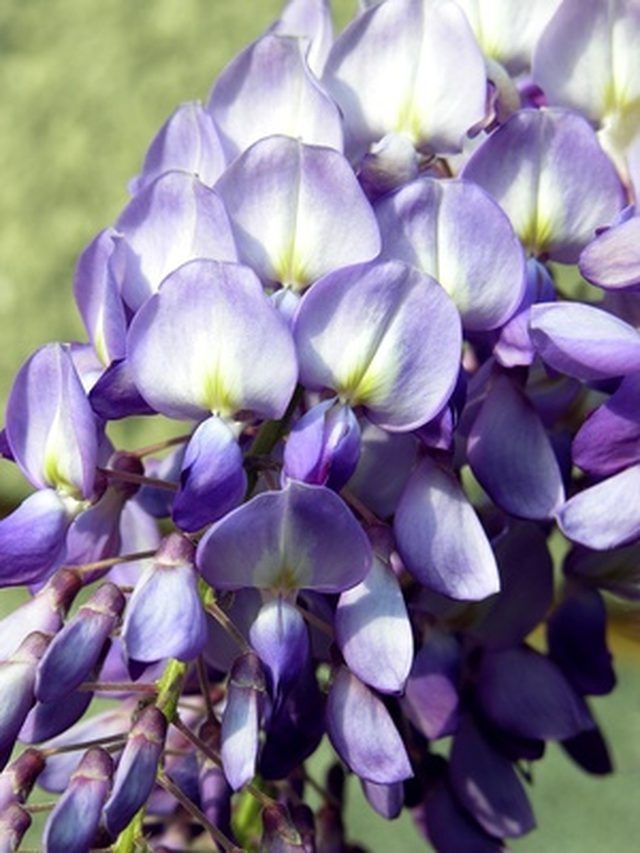Bulbs
Flower Basics
Flower Beds & Specialty Gardens
Flower Garden
Garden Furniture
Garden Gnomes
Garden Seeds
Garden Sheds
Garden Statues
Garden Tools & Supplies
Gardening Basics
Green & Organic
Groundcovers & Vines
Growing Annuals
Growing Basil
Growing Beans
Growing Berries
Growing Blueberries
Growing Cactus
Growing Corn
Growing Cotton
Growing Edibles
Growing Flowers
Growing Garlic
Growing Grapes
Growing Grass
Growing Herbs
Growing Jasmine
Growing Mint
Growing Mushrooms
Orchids
Growing Peanuts
Growing Perennials
Growing Plants
Growing Rosemary
Growing Roses
Growing Strawberries
Growing Sunflowers
Growing Thyme
Growing Tomatoes
Growing Tulips
Growing Vegetables
Herb Basics
Herb Garden
Indoor Growing
Landscaping Basics
Landscaping Patios
Landscaping Plants
Landscaping Shrubs
Landscaping Trees
Landscaping Walks & Pathways
Lawn Basics
Lawn Maintenance
Lawn Mowers
Lawn Ornaments
Lawn Planting
Lawn Tools
Outdoor Growing
Overall Landscape Planning
Pests, Weeds & Problems
Plant Basics
Rock Garden
Rose Garden
Shrubs
Soil
Specialty Gardens
Trees
Vegetable Garden
Yard Maintenance
How to Prune Wisteria Trees
How to Prune Wisteria Trees. Wisteria plants produce an abundance of lavender-scented flower clusters in the early spring months. Wisteria trees are not found in the wild because they are not actually a tree, but the vine type of wisteria that has been grafted onto the trunk of another tree. The tree variety is easily found in garden centers and...

Wisteria plants produce an abundance of lavender-scented flower clusters in the early spring months. Wisteria trees are not found in the wild because they are not actually a tree, but the vine type of wisteria that has been grafted onto the trunk of another tree. The tree variety is easily found in garden centers and nurseries. Prune wisteria trees to encourage blooms in the following year.
Things You'll Need
Pruning shears
Prune each of the limbs of the wisteria tree in the summer months to help maintain its size and shape. Pick up the end of each limb and trace it back until you locate the fullest portion of leaves. Cut the limb at this location using pruning shears.
Wait until just before the first frost in the fall. Count six shoots from the very top of each limb and cut off the remainder with pruning shears.
Examine the limbs closely for discoloration due to disease and for those that failed to bloom the prior spring. Cut off these limbs 1/2 inch above where they join the main tree trunk using the pruning shears.
Look for any limbs that are rubbing against another limb or growing towards the tree trunk rather than outward. Remove these limbs with the pruning shears to prevent them from scraping the tree bark off, and to open the interior of the tree to more light.
Prune the remaining limbs into the desired shape, such as an umbrella pattern. Concentrate only on the shape of the limbs and not the foliage since the leaves will all die off in the winter.